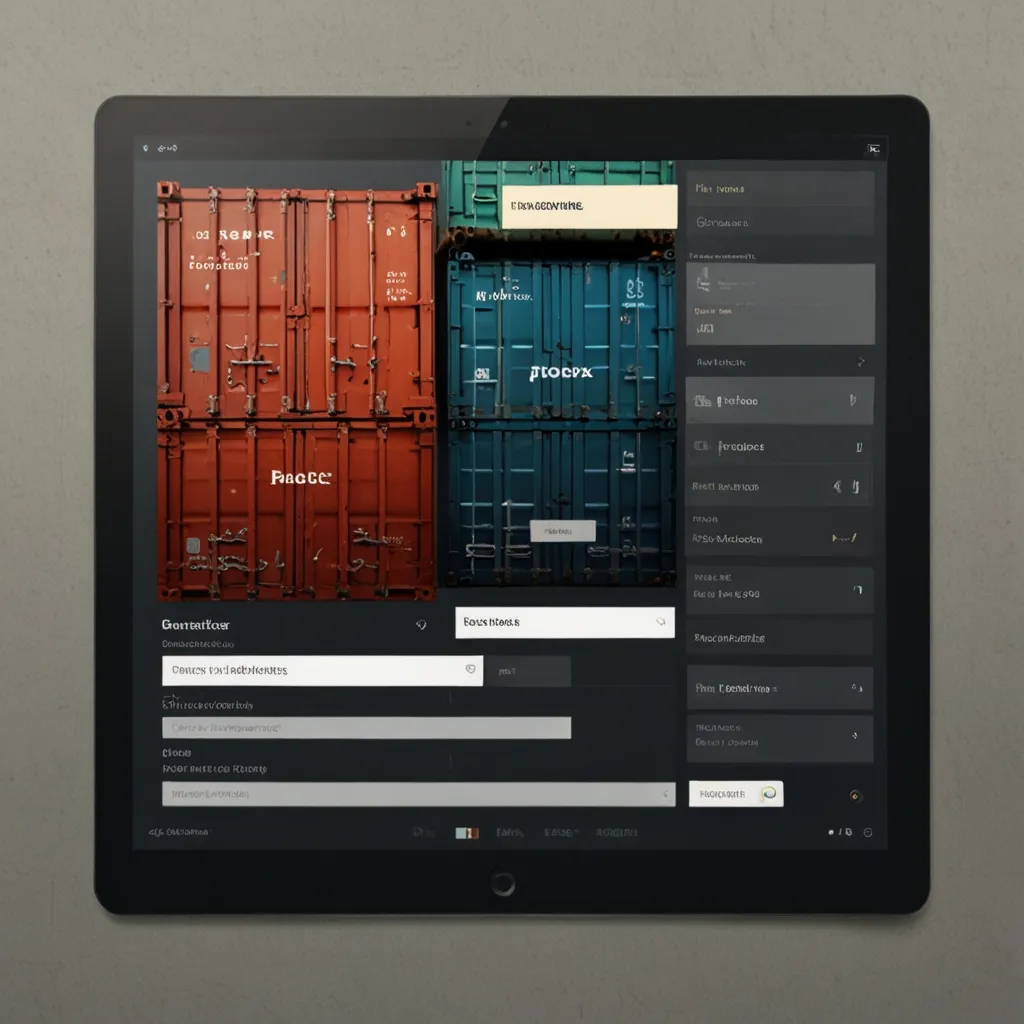Ever get tired of the same old HTML tags and wonder if you could make your own custom ones to suit your needs? Web Components are here to save the day. They’re like giving standard HTML a superpower, enabling developers to create new, reusable, and encapsulated HTML tags. This isn’t just about creating pretty tags; it’s about making complex web applications easier to build and maintain.
Think of Web Components like reusable widgets. Just like you use <div>, <button>, or <input> tags in your HTML code, you can create and use your tags the same way. This flexibility makes your web development process more efficient and your code more sustainable in the long run.
Web Components revolve around four main technologies: Custom Elements, Shadow DOM, HTML Templates, and HTML Imports.
Let’s break it down.
Custom Elements
Custom Elements are where the magic begins. They allow developers to define new HTML tags and specify their behavior using JavaScript. For instance, if you need a custom dropdown menu, you can create a <drop-down> element. You start by crafting a JavaScript class that extends HTMLElement, and then you register it using the customElements.define() method.
Here’s a small example to get you started:
class DropDown extends HTMLElement {
// Define behavior here
}
window.customElements.define('drop-down', DropDown);
Once you’ve defined your custom element, you can pop it into your HTML like this:
<drop-down></drop-down>
Shadow DOM
Next up is Shadow DOM. This handy tool allows you to encapsulate the structure and style of your custom element, keeping it independent from the rest of the document. This means no more pesky CSS or JavaScript clashes. You can attach shadow DOM to your custom element using the attachShadow() method.
Take a look:
class DropDown extends HTMLElement {
constructor() {
super();
const shadow = this.attachShadow({ mode: 'open' });
// Add child elements, event listeners, etc., to the shadow DOM
}
}
HTML Templates
HTML Templates are like saving little packets of markup for future use. You can write your HTML and CSS within a <template> tag. This template isn’t rendered when the page loads but can be cloned and used when needed.
Here’s a simple example:
<template id="drop-down-template">
<style>
/* CSS styles for the dropdown */
</style>
<div class="dropdown-content">
<!-- Dropdown content here -->
</div>
</template>
You can then clone this template and attach it to your custom element’s shadow DOM to use it.
HTML Imports
HTML Imports used to allow the reuse of HTML documents within other HTML documents by using the link tag with rel set to import. However, this isn’t commonly used these days.
Making Your Own Web Component
Creating a web component involves several steps. First, you define a Custom Element by creating a JavaScript class that extends HTMLElement and then register it. If needed, you attach a Shadow DOM to your custom element to keep its structure and style encapsulated. Use an HTML Template for reusable markup and finally, use your custom element in your HTML like any standard tag.
Here’s an example of a simple dropdown menu:
<template id="drop-down-template">
<style>
.dropdown-content {
display: none;
position: absolute;
background-color: #f9f9f9;
min-width: 160px;
box-shadow: 0px 8px 16px 0px rgba(0,0,0,0.2);
z-index: 1;
}
.dropdown-content a {
color: black;
padding: 12px 16px;
text-decoration: none;
display: block;
}
</style>
<div class="dropdown-content">
<a href="#">Link 1</a>
<a href="#">Link 2</a>
<a href="#">Link 3</a>
</div>
</template>
<script>
class DropDown extends HTMLElement {
constructor() {
super();
const shadow = this.attachShadow({ mode: 'open' });
const template = document.getElementById('drop-down-template');
const clone = template.content.cloneNode(true);
shadow.appendChild(clone);
}
}
window.customElements.define('drop-down', DropDown);
</script>
<drop-down></drop-down>
Why Bother With Web Components?
Web Components bring several perks to the table:
- Reusability: Use your custom elements across different parts of your application or even across different applications.
- Encapsulation: Thanks to Shadow DOM, the styles and scripts of your custom elements stay independent from the rest of the page.
- Interoperability: They play well with any JavaScript library or framework, making them super versatile.
- Community: There’s a growing community of developers creating and sharing web components, so you can benefit from their work.
Browser Compatibility and Polyfills
Modern browsers support Web Components, but there’s still some uneven coverage. Polyfills like webcomponentsjs can help ensure compatibility across all browsers.
Handy Tools and Libraries
There are plenty of libraries and tools to streamline the process of building web components. Polymer and LitElement, for example, offer tools that reduce boilerplate code and simplify component creation.
Real-Life Uses
Web Components aren’t just a neat theory. They are actively used in the real world. For instance, design systems like Material Design and Carbon Design System use web components to create reusable UI elements, ensuring consistency and reusability across different projects.
Wrapping Up
Web Components are a powerful toolkit for web developers, letting you create custom, reusable, and encapsulated HTML tags. By harnessing Custom Elements, Shadow DOM, and HTML Templates, you can build robust web applications that are easy to maintain and scale. Whether you’re developing a small personal project or a large enterprise application, Web Components can enhance your workflows and make your code more manageable.






